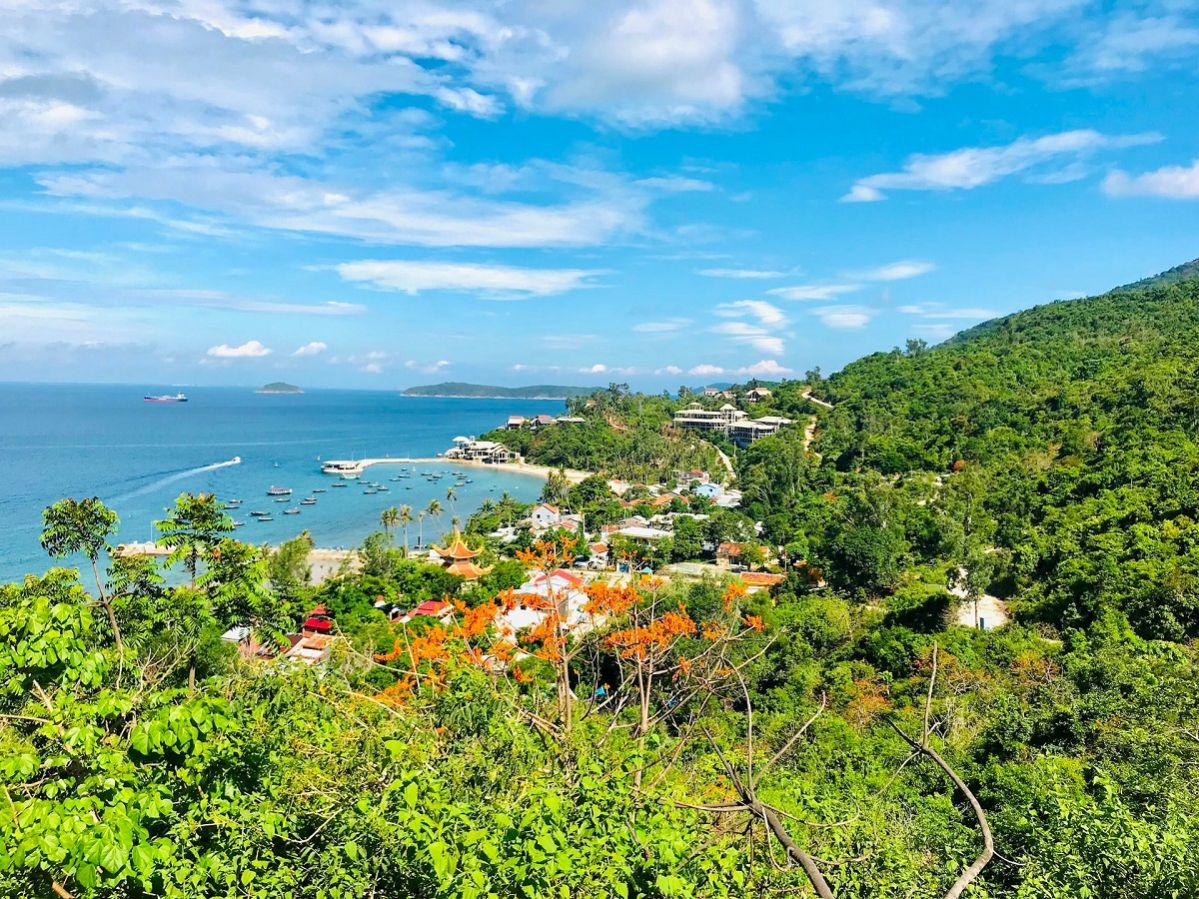
Cu Lao Cham has the potential to develop into a high-class eco -tourism destination of Da Nang city. Photo: Quoc Tuan
The unfinished opening journey
Quang Nam Province (old) has a very large area, diverse terrain from the source to the sea, so it is endowed by nature with a rich system of eco-tourism resources, with many unique characteristics. Although it is a locality with developed tourism activities, Quang Nam (old) relies heavily on its strengths in cultural tourism.
Some large ecological areas with unique tourism resources have only been exploited at a limited level or have not yet fully exploited their potential. Only the Bay Mau coconut forest area (Hoi An Dong ward) has made a mark in ecotourism activities by welcoming nearly 1 million visitors each year.
Destinations such as Cu Lao Cham, Phu Ninh Lake, Song Thanh National Park, Bai Say - Song Dam... in recent years have been planned by the authorities of Quang Nam province (old) to develop ecotourism with many expectations but all have been unfinished. Among these, Cu Lao Cham is the destination that welcomes the most stable number of visitors but the impression and ecotourism experience for visitors is quite bland.
At Phu Ninh Lake, after nearly 20 years of calling for promotion, only one business has invested and opened a tourist area, but its operations are quite sluggish. As for Song Thanh National Park or Bai Say - Song Dam, all plans to promote eco-tourism development at this destination are still mainly on paper.
Scattered throughout Quang Nam, there are still many eco-tourism spots and community eco-tourism villages (except for those in Hoi An) that are operating at a low level. Limited infrastructure, especially transportation infrastructure, is a major obstacle that makes most of these destinations, especially mountainous areas, sparsely visited and very difficult to promote and attract investors.
According to Dr. Nguyen Xuan Hai (Vietnam Academy of Agriculture ), the tourism industry in Quang Nam (formerly) lacks facilities for specialized ecotourism activities such as nature research centers, facilities for education and raising awareness about conservation, and places providing trekking and camping services. In addition, the homestay system in ecological areas is still limited in quality and quantity, failing to meet the needs of international tourists and those interested in sustainable tourism.
Need to focus on development combined with conservation
In general, the ecotourism resources of Da Nang city (old) are not too abundant, but the tourism industry has exploited this type quite well in areas such as Son Tra peninsula, Ba Na Hills tourist area and some tourist areas on National Highway 14G...
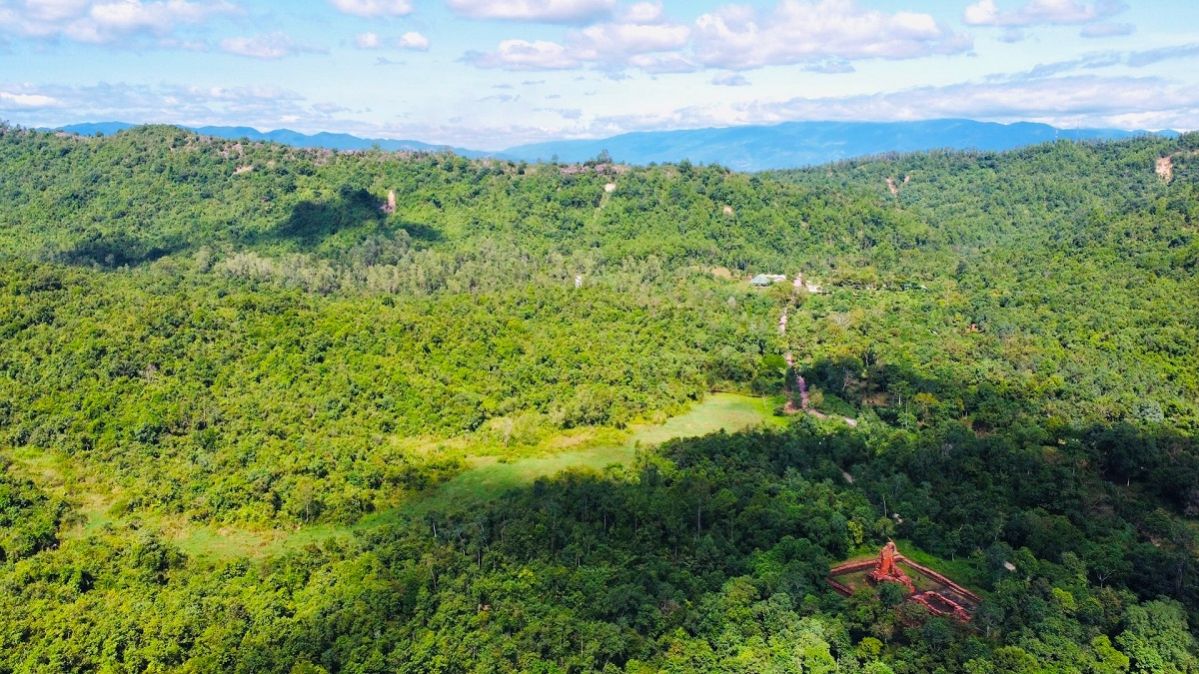
In addition to its outstanding cultural and historical values, My Son Cultural and Historical Relic Landscape Conservation Area (Thu Bon Commune, Da Nang City) also has great potential for eco-tourism development. Photo: Quoc Tuan
According to Associate Professor, Dr. Pham Trung Luong, Vice President of the Vietnam Tourism Training Association, the merger of Quang Nam and Da Nang city is a great opportunity to expand the tourism space of the new city.
Thereby, making the culture and tourism of Quang Nam more complete and rich in identity, contributing to making the new Da Nang a national tourism center of regional and international stature. The new Da Nang needs to organize and redefine functional areas with core value axes. In which, the natural heritage axis is Son Tra Nature Reserve - Cu Lao Cham Marine Reserve - Po Mu heritage forest - elephant and saola conservation areas.
According to many tourism businesses, if properly approached and exploited, ecotourism is a field that brings high added value, with products suitable for the high-end customer market.
Mr. Bui Van Tuan - Director of HiVooc Company Limited said: "Some tours associated with biodiversity protection linking Da Nang and Quang Nam have great potential such as Son Tra - My Son; Son Tra - Tam My Tay... These are tours with their own characteristics, attracting international visitors who are willing to spend a lot to explore endemic animals and plants".
Meanwhile, according to Mr. Le Ngoc Thao, an officer of the Cu Lao Cham Marine Protected Area Management Board, ecotourism is the most suitable type to meet the goal of developing livelihoods associated with conservation, especially in the case of Cu Lao Cham.
The four-party cooperation model including the state, scientists, businesses and local people in developing ecotourism is essentially an orientation that needs to be applied in tourism development in Cu Lao Cham. This will limit the shortcomings in resource conservation management, develop ecotourism associated with biodiversity conservation and promote the value of indigenous knowledge.
Besides, it is also necessary to quantify economic value and determine the carrying capacity of ecosystems as a basis for developing ecotourism within the biosphere for sustainable destination development.
Dr. Nguyen Xuan Hai recommends that successful conservation areas in the world are often closely linked with the participation of local communities, not only in tourism development but also in conservation work.
Therefore, the local tourism industry needs to encourage local people to participate in ecotourism activities, both to raise awareness of nature conservation and to create sustainable income. In addition, it is necessary to develop a strategy to link tourism with neighboring areas and destinations nationwide, forming an inter-regional ecotourism value chain, to enhance the attractiveness and diverse experiences for tourists.
According to Da Nang newspaper
Source: https://bvhttdl.gov.vn/da-nang-kho-bau-du-lich-sinh-thai-cho-khai-mo-20250708104011647.htm


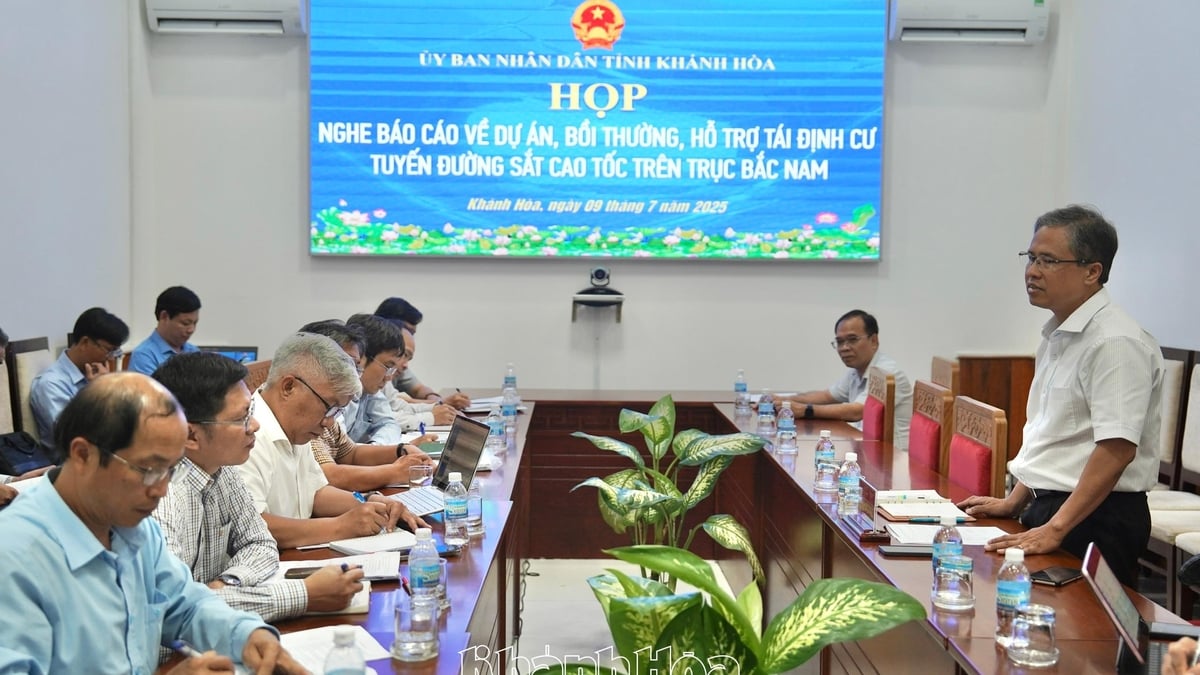
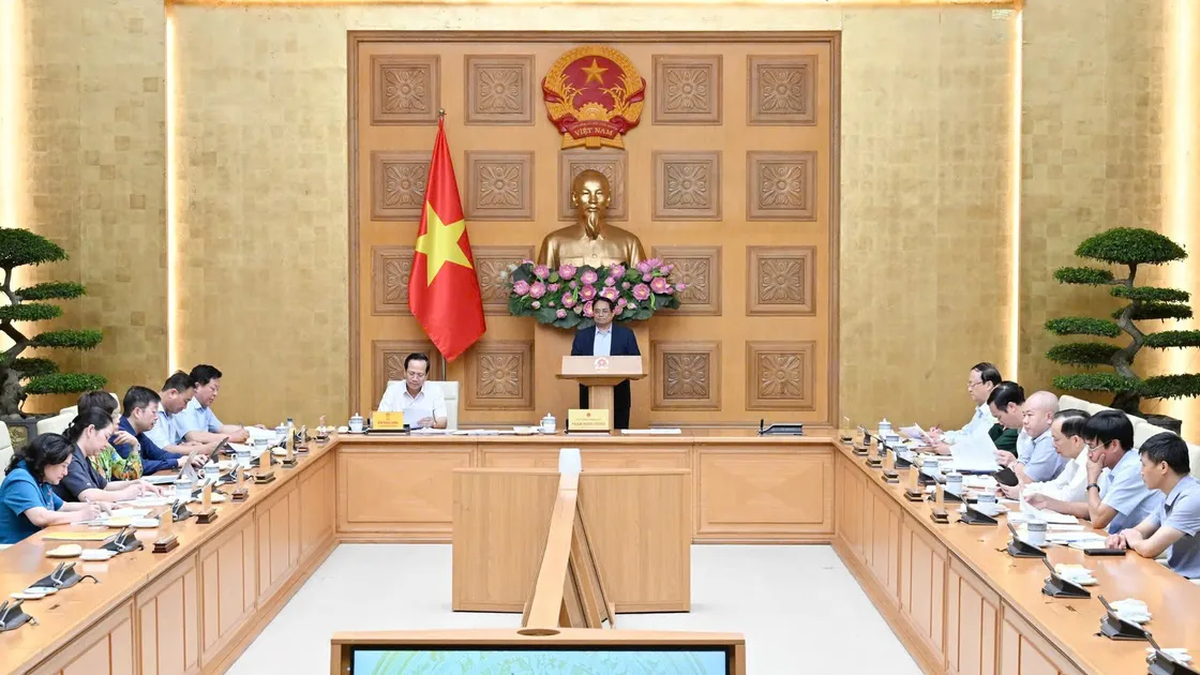

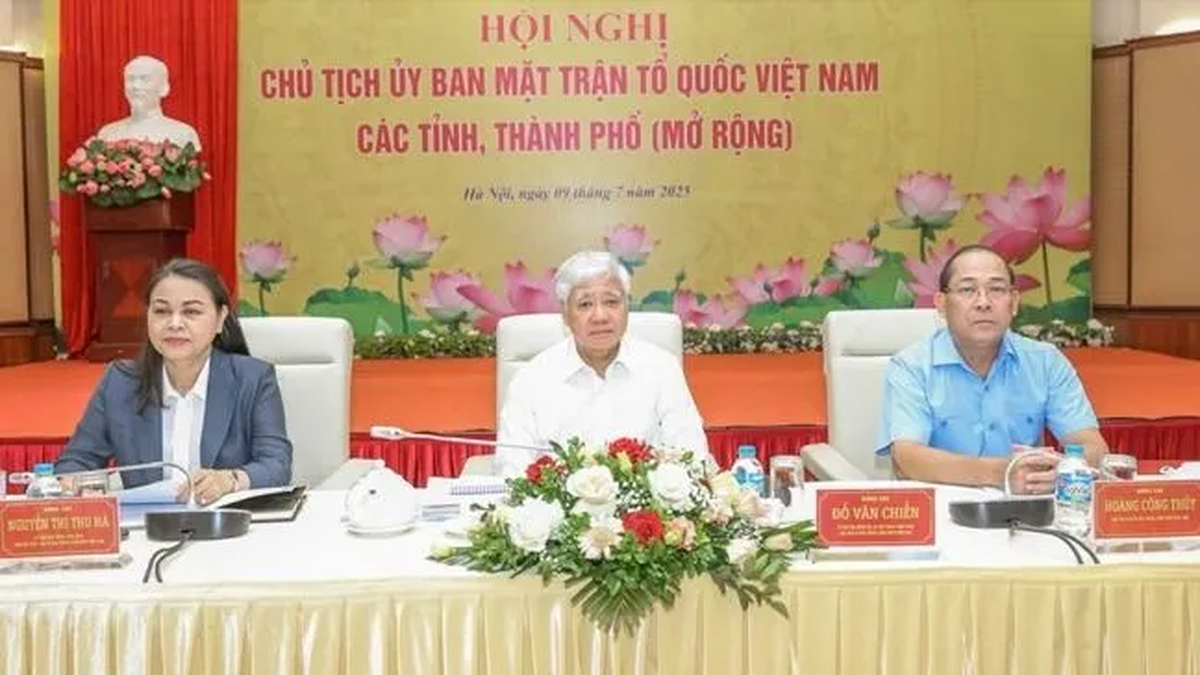


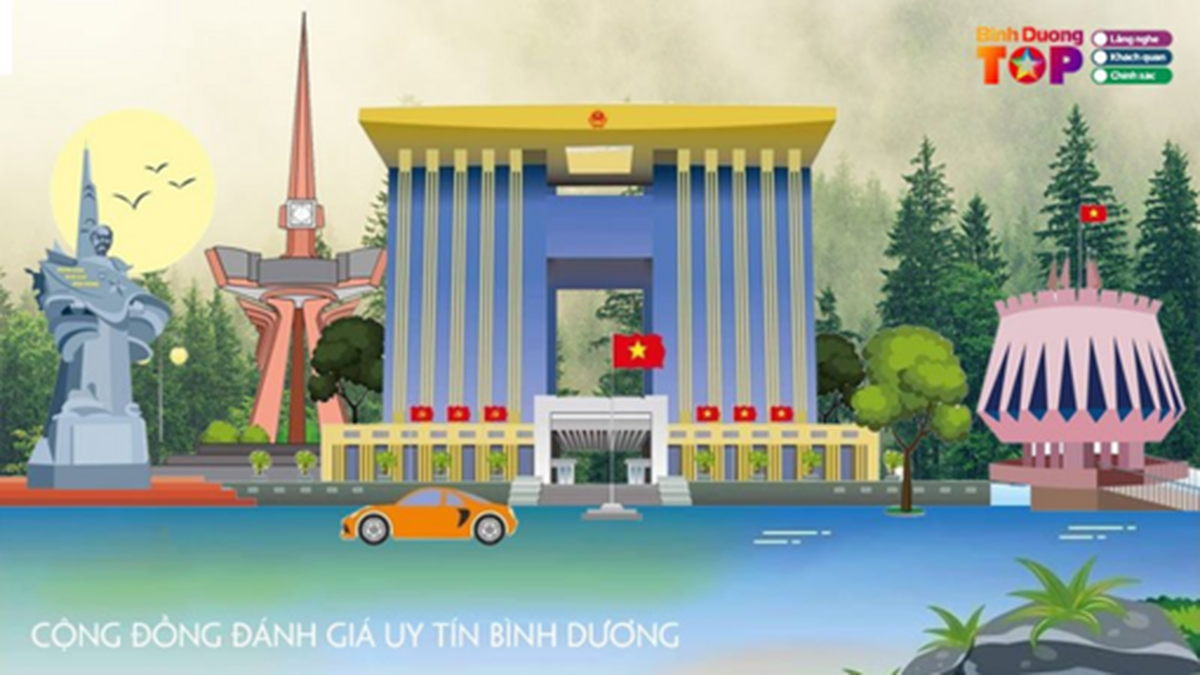

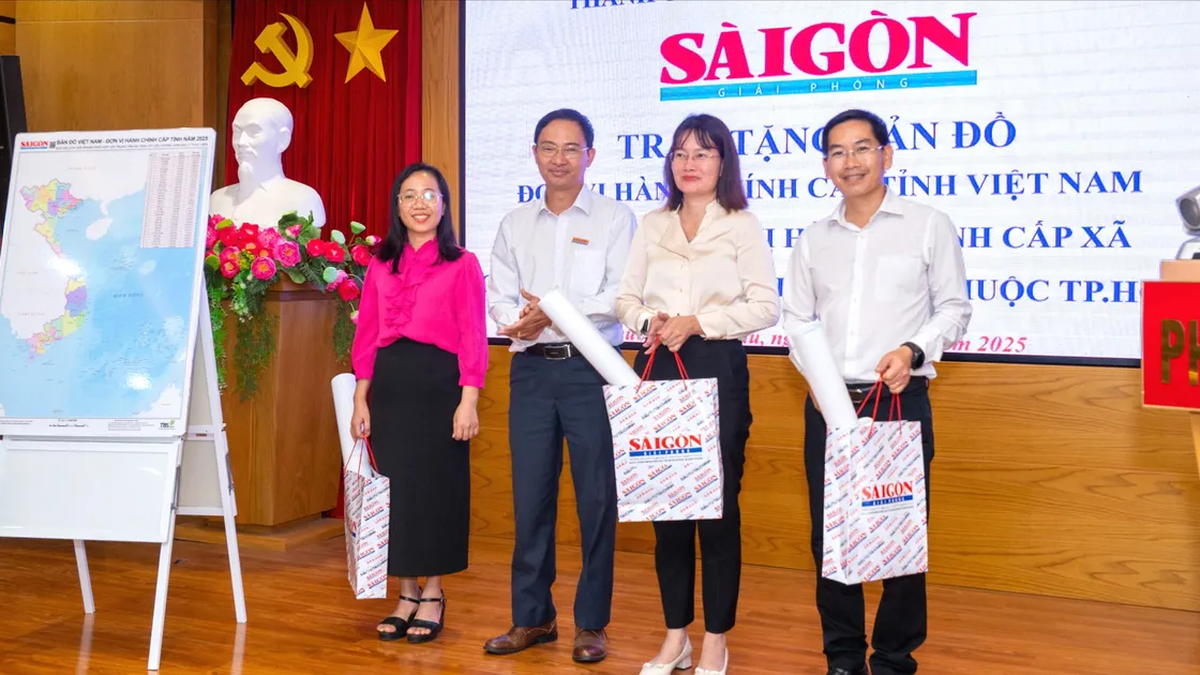
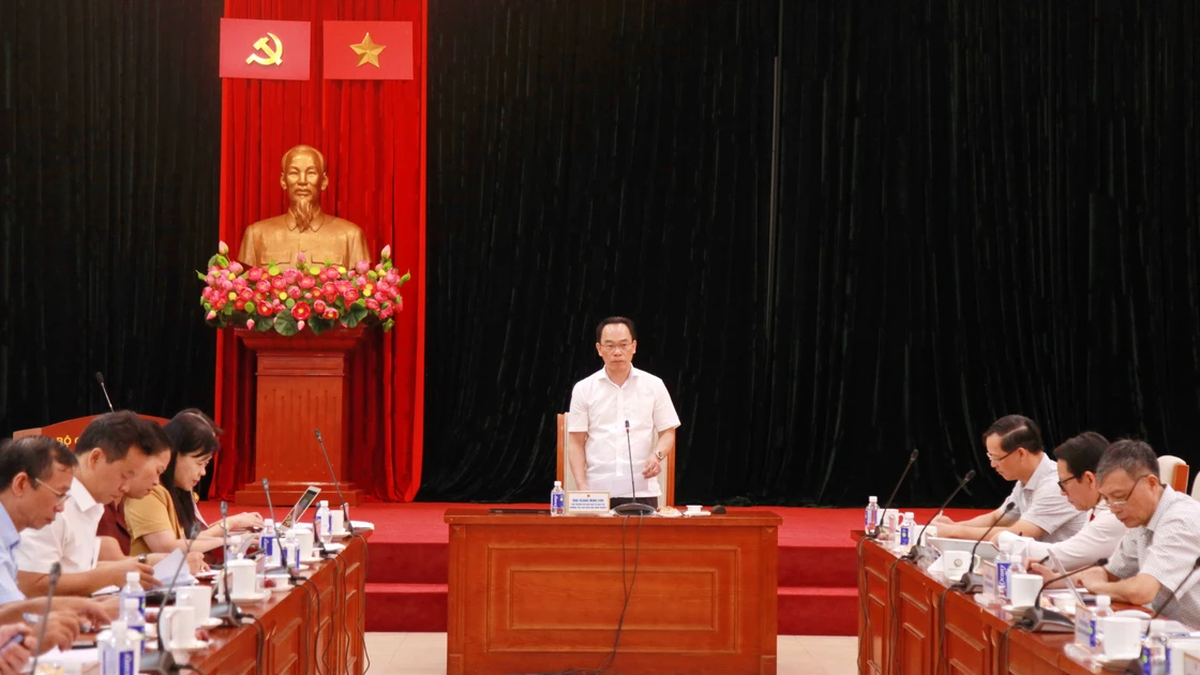



















![[Photo] Gia Lai provincial leaders offer flowers at Uncle Ho's Monument with the ethnic groups of the Central Highlands](https://vphoto.vietnam.vn/thumb/1200x675/vietnam/resource/IMAGE/2025/7/9/196438801da24b3cb6158d0501984818)
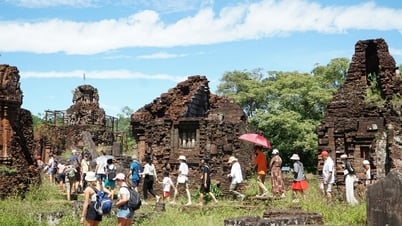

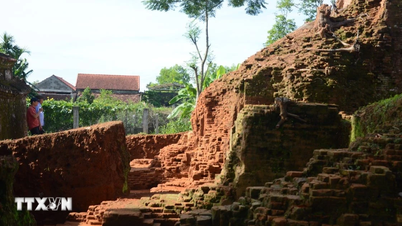

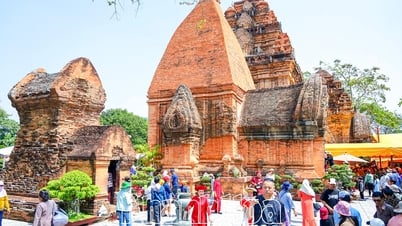

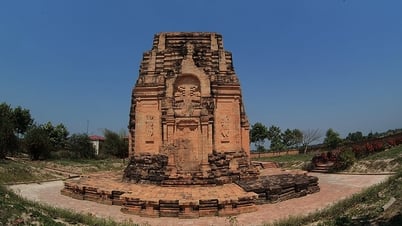

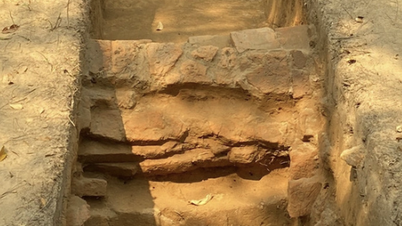





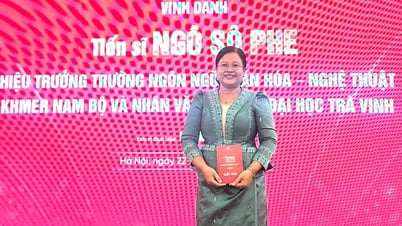









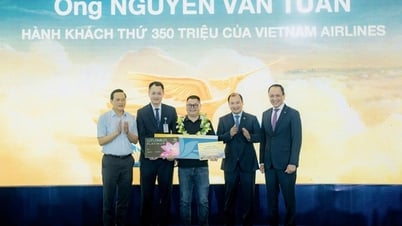
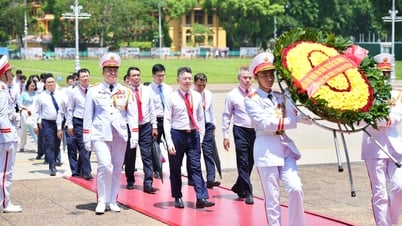





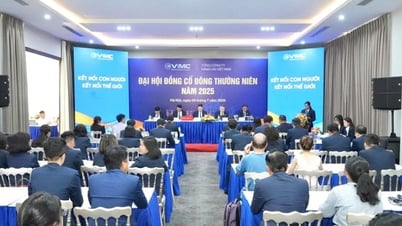



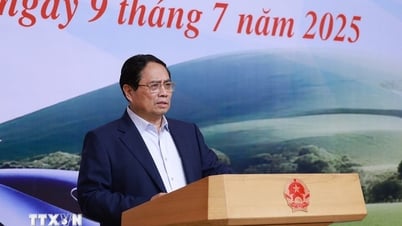
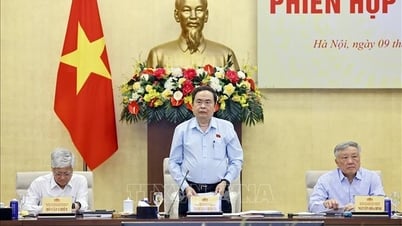
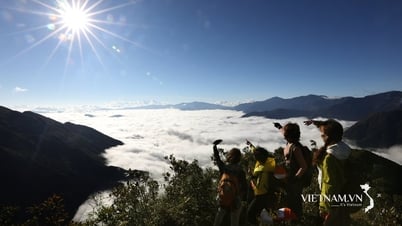




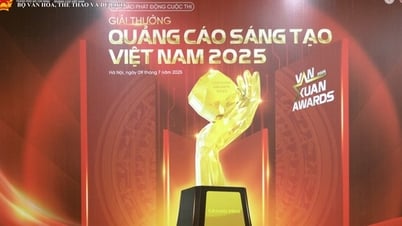
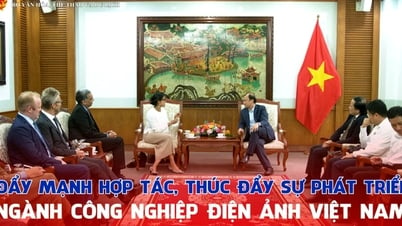
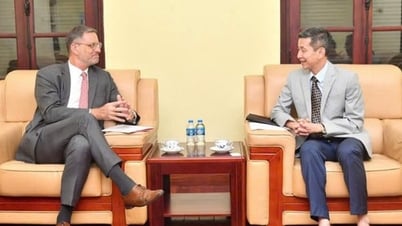












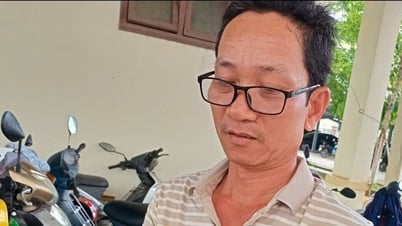

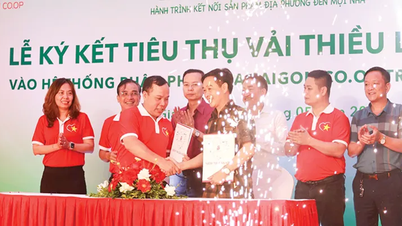
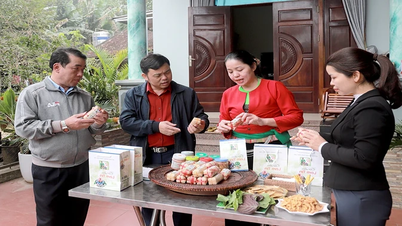




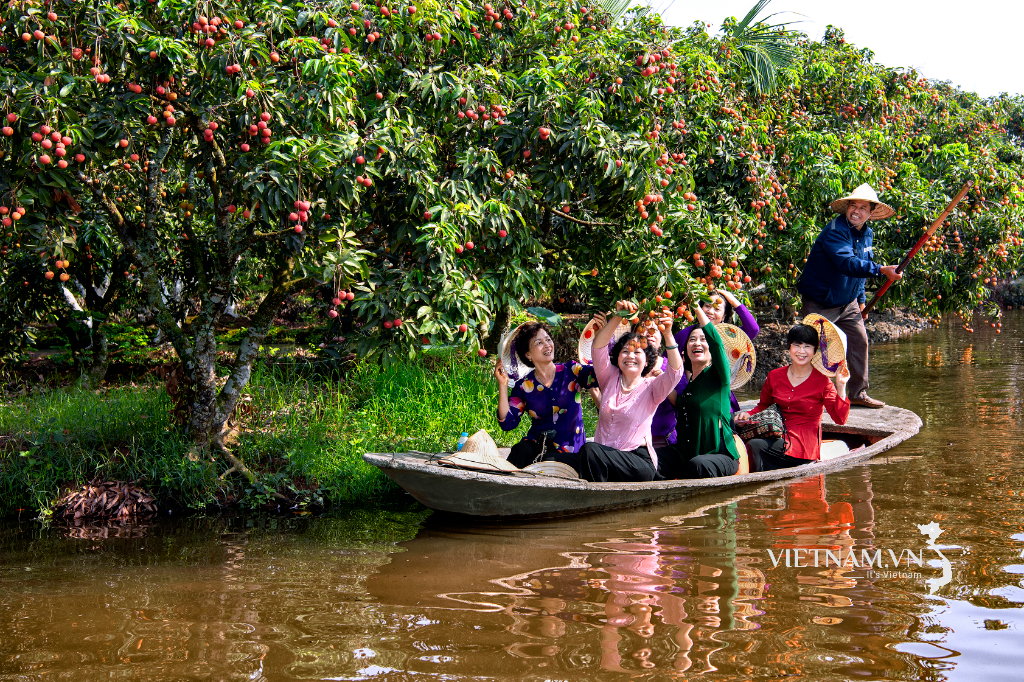


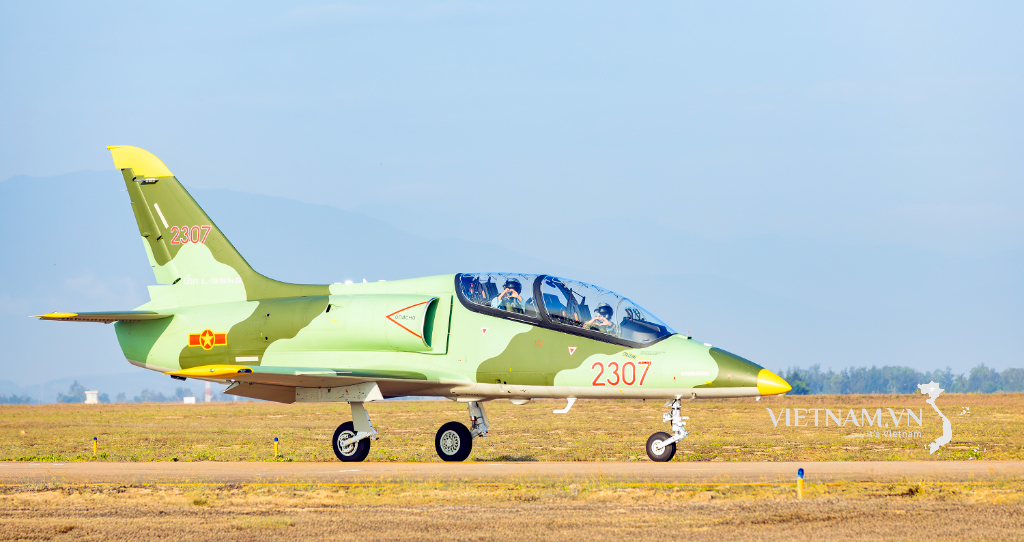
Comment (0)